Mild though it’s been so far, winter in the Pacific Northwest doesn’t typically arrive until about the time we start thinking about spring. After last February’s bitter cold winds and blowing snow, remember that there is plenty of potential for winter weather for at least the next six weeks, and maybe as soon as this weekend if forecasters are correct. As you prepare for whatever winter weather may soon arrive, here are five common plants that may benefit from some winter protection.
- Lemon cypress: Commonly used as a vertical element in containers, lemon cypress are hard to beat with their narrow upright form and soft, chartreuse foliage. Unfortunately, that delicately-textured foliage is susceptible to winter damage, particularly from desiccating northeast winds. To keep your potted lemon cypress happy, move containers to a south- or west-facing side of the house. Doing so will protect the plants from drying winds and keep them slightly warmer, especially on sunny days. Ensure that the pots stay watered through winter, especially if they’re tucked under the eaves of the house. And in the event we do dip into single digits, move your pots indoors for the duration of the coldest temperatures–even in a sheltered spot next to your house, lemon cypress may not survive single-digit weather.
- Lithodora: This evergreen groundcover blooms with brilliant blue flowers in spring and early summer but is also susceptible to winter damage. Although the roots are hardy, cold winter winds can “freeze dry” the foliage, requiring the plant to sprout all new branches the following spring. Prior to cold, windy weather, you may wish to cover your lithodora with burlap or an old blanket to provide some insulation, or spray with an anti-desiccant like Bonide Wilt Stop to prevent the foliage from drying out.
- Hellebores: These winter-blooming evergreens are hard to beat for blooms in the dead of winter, and although the plants themselves are incredibly hardy—many hellebores can withstand temperatures as low as -20 degrees Fahrenheit—the cold may damage their winter blooms beyond repair without the benefit of some snow to insulate them first. To insulate hellebores during a cold northeaster, cover them with a box, old nursery pot or other container (firmly anchored to the ground, be sure!) or even spray them with water just as the cold sets in to blanket them with a layer of ice for insulation.
- Nandina: This small shrub boasts colorful evergreen foliage, with most varieties changing hues throughout the seasons. In mild winters, most nandina varieties turn some shade of red or burgundy, but in harsh cold, they may drop their leaves. Typically, nandinas will leaf out again the following season and quickly recover, but those used in pots may freeze and die. To protect potted nandina, move pots into a covered but unheated space such as a garage or shed for the duration of sub-freezing weather. For those planted in-ground, water well before a cold snap and don’t fret if they drop their leaves; simply water and fertilize the following spring and they will likely recover. For future plantings, place nandina in south- or west-facing locations protected from northeast winds to minimize winter damage.
- Roses: To mulch or not to mulch—that is the question! In most cases, winter mulching is unnecessary in our area, but if you have a particularly tender plant, pile some bark mulch or well-drained compost around the base of the plant to protect the bud union (graft) and insulate the roots from cold. Just be sure to pull the mulch away from the plant in early spring to prevent it from attempting to root out into the mulch and to allow water and nutrients to properly penetrate the soil.
Who knows, the cold and snow that’s been threatened may amount to nothing more than sideways rain or a hard frost, but better to be prepared than caught off-guard. May your winter preparation efforts reward you with a healthy, thriving garden come spring!


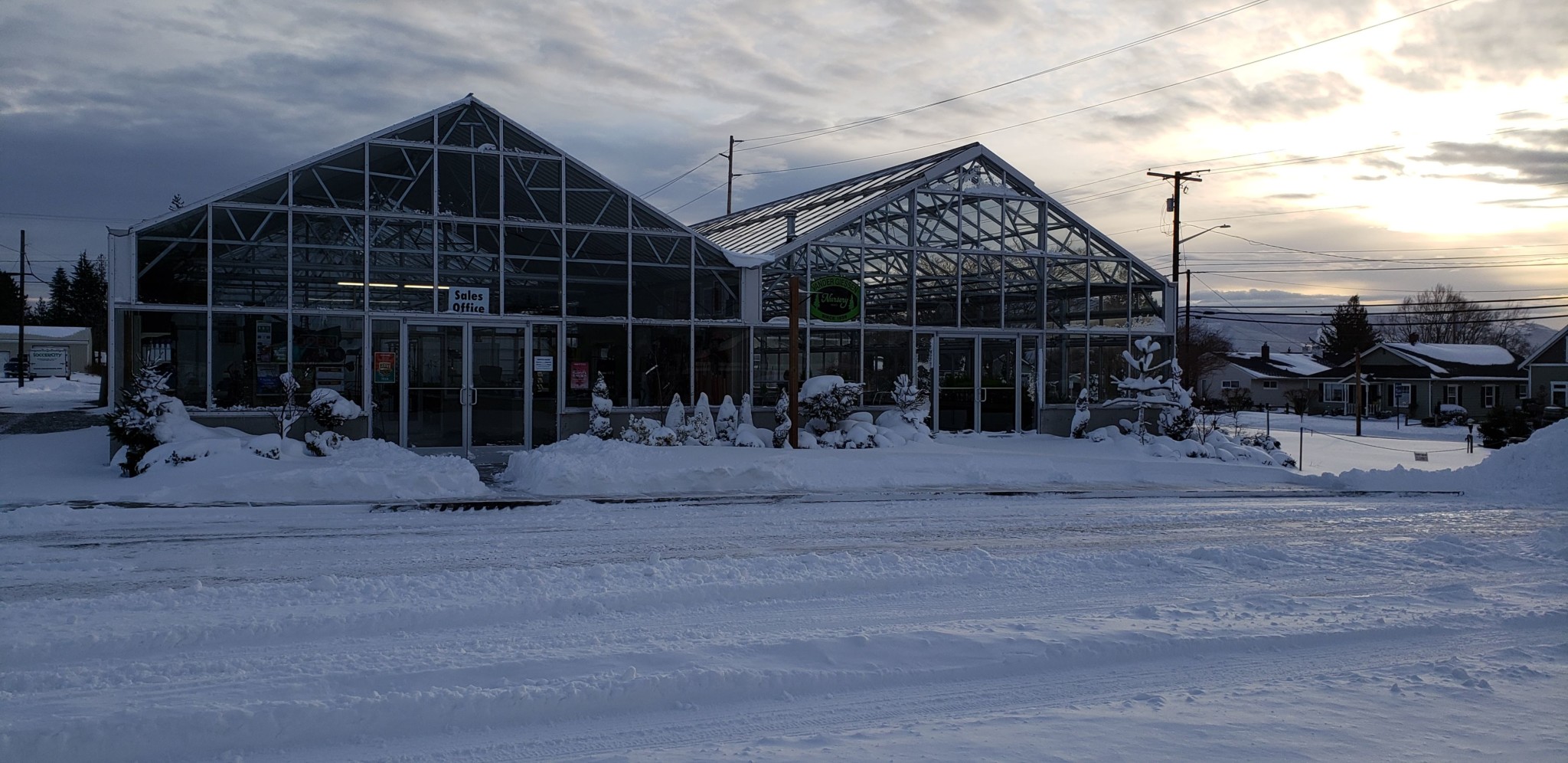
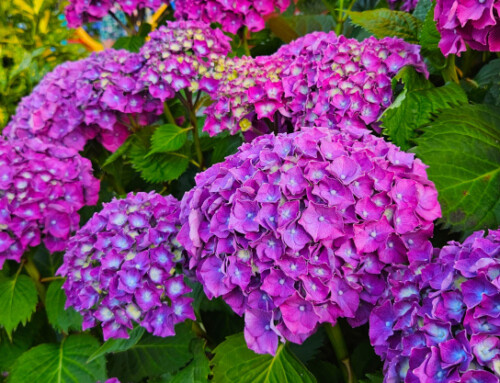
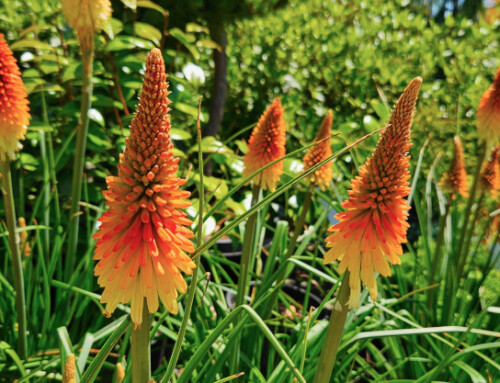
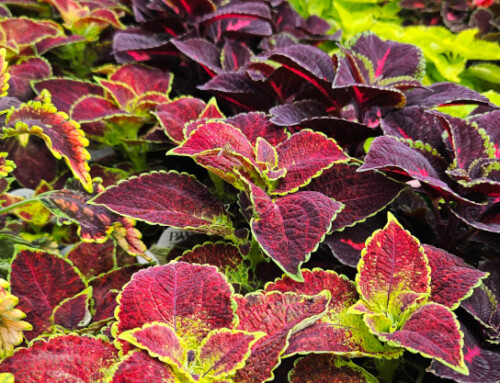
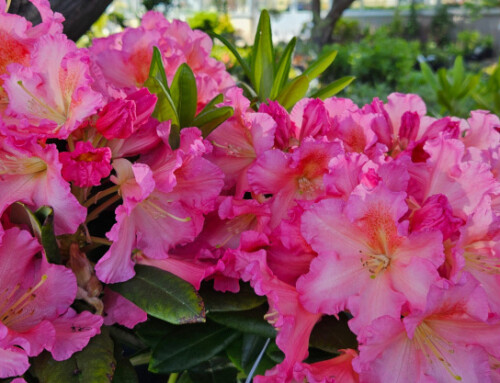
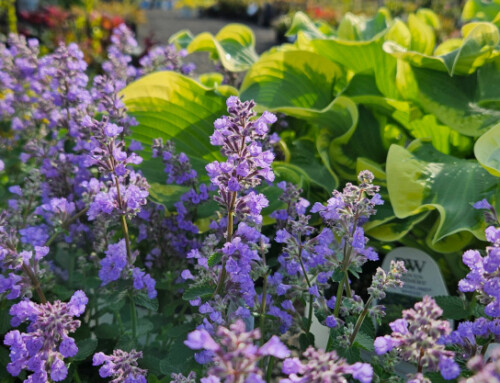
Leave A Comment